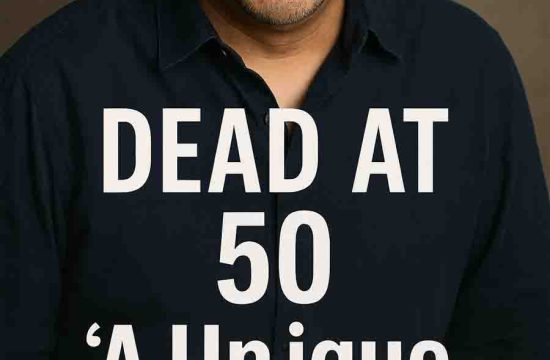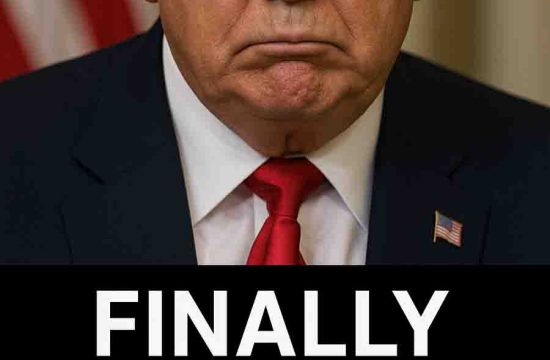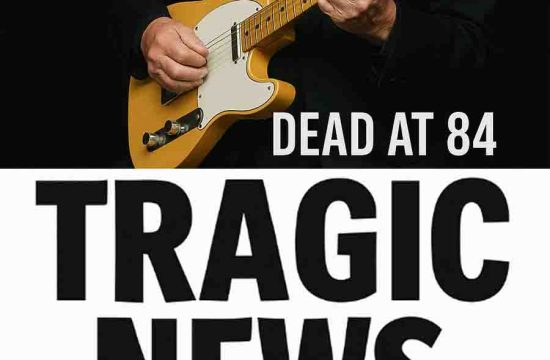Introduction
In a nation that leads the world in medical innovation, it is a paradox that millions of Americans struggle to afford basic health care. While the United States boasts cutting-edge technology, top-tier research institutions, and groundbreaking pharmaceutical advances, it remains plagued by one critical and growing crisis: the affordability of health care. According to recent national surveys, including a 2025 Pew Research Center study, 67% of Americans consider health care affordability to be a “very big problem”—more than inflation, the federal deficit, or even crime.
This issue transcends political affiliation, geography, and age. Whether it’s working families burdened by high premiums, seniors cutting pills to stretch prescriptions, or small businesses unable to provide employee benefits, the problem is widespread and urgent.
The Scope of the Crisis
1. Rising Costs, Stagnant Wages
While wages have grown modestly over the past decade, health care costs have outpaced income growth dramatically. Since 2013, average annual premiums for employer-sponsored family coverage have risen over 47%, while deductibles have more than doubled.
For many Americans, this means health care is now the second-largest household expense after housing. A middle-income family can pay anywhere from $10,000 to $20,000 per year on premiums, deductibles, and out-of-pocket costs—even with insurance.
2. Insurance ≠ Affordability
Insurance coverage does not always mean financial protection. Many Americans are underinsured, meaning they have plans with low premiums but high deductibles and co-pays. According to a 2024 Commonwealth Fund report, over 40% of insured adults skipped or delayed care in the past year due to cost.
Emergency room visits, chronic condition treatments, and even basic preventative care like mammograms and blood work are often postponed because people fear the financial impact.
3. Medical Debt: A National Epidemic
Medical debt is now the leading cause of personal bankruptcy in the United States. An estimated 100 million Americans—nearly 1 in 3—struggle with medical debt. Even a short hospital stay or a minor surgery can send families spiraling into debt, especially if insurance denies part of the claim or a provider is out-of-network.
Hospitals and debt collectors aggressively pursue unpaid bills, leading to wage garnishment, credit score damage, and even legal action. For many families, one illness can derail an entire life’s financial stability.
Why Now? The Pressure Is Boiling Over
In 2025, the pressure has become especially acute due to several compounding factors:
-
Post-pandemic inflation: Health care costs rose sharply during and after COVID-19 due to supply chain disruptions, staffing shortages, and hospital financial losses.
-
Federal budget uncertainty: Debates over Medicare and Medicaid funding have left seniors and low-income families worried about future access.
-
Employer shifts: Many employers, especially small businesses, are passing a greater share of health costs to employees or dropping coverage altogether.
-
Mental health crisis: Demand for mental health services has surged, but affordability and availability remain limited. Therapy, psychiatry, and addiction treatment are often expensive and poorly covered by insurance.
The Human Impact
Health care affordability isn’t just about numbers—it’s about lives. People delay cancer screenings, skip insulin doses, ration medications, and avoid ER visits because they fear financial ruin. The result is preventable deaths, worsening chronic illnesses, and a growing divide between those who can afford care and those who cannot.
In rural areas, where hospitals are closing and providers are scarce, the problem is even more severe. Minority communities and those living below the poverty line suffer disproportionately due to systemic inequities in access and cost.
Solutions Under Debate
1. Public Option or Universal Coverage
Some advocate for a public health insurance option or even Medicare for All, arguing that health care should be a right, not a privilege. These models propose to streamline billing, reduce administrative costs, and ensure universal access.
2. Caps on Out-of-Pocket Costs
Bipartisan efforts have focused on capping insulin prices, limiting out-of-pocket spending for seniors, and eliminating surprise billing. While promising, these efforts only scratch the surface of a much deeper systemic issue.
3. Price Transparency and Reform
Another growing push is for greater price transparency, allowing patients to compare costs and hold providers accountable. Some states are also trying to regulate hospital mergers and pharmaceutical pricing to reduce monopolistic pricing power.
Conclusion
The affordability of health care is no longer a background concern—it is the biggest domestic issue in the United States today. It affects people’s physical health, emotional well-being, and financial security. As the 2026 election season approaches, candidates from both parties will be judged not just by their rhetoric, but by their commitment to real, structural change.
America’s promise of prosperity and opportunity cannot coexist with a health care system that bankrupts the sick. Fixing this crisis is not just a political priority—it is a moral imperative.











